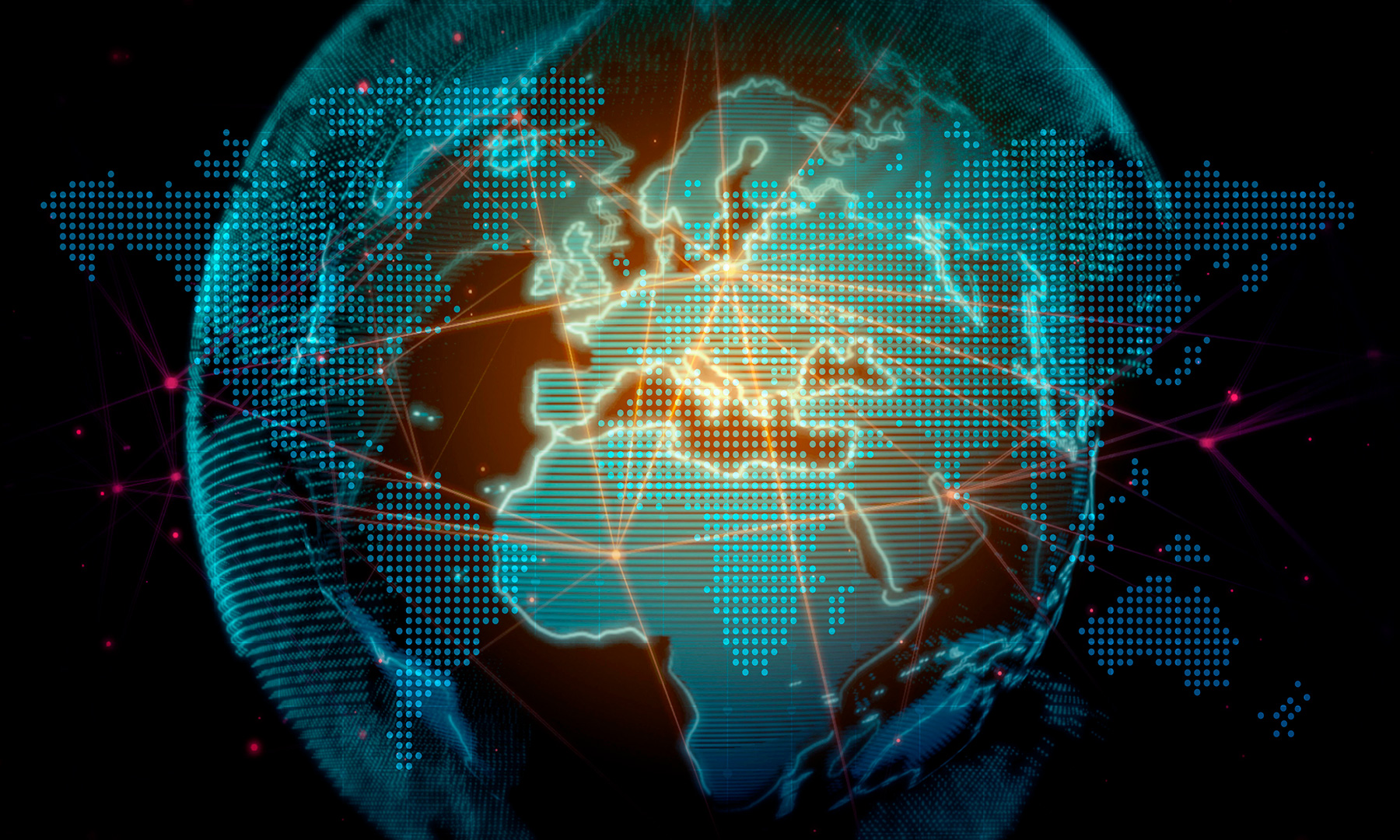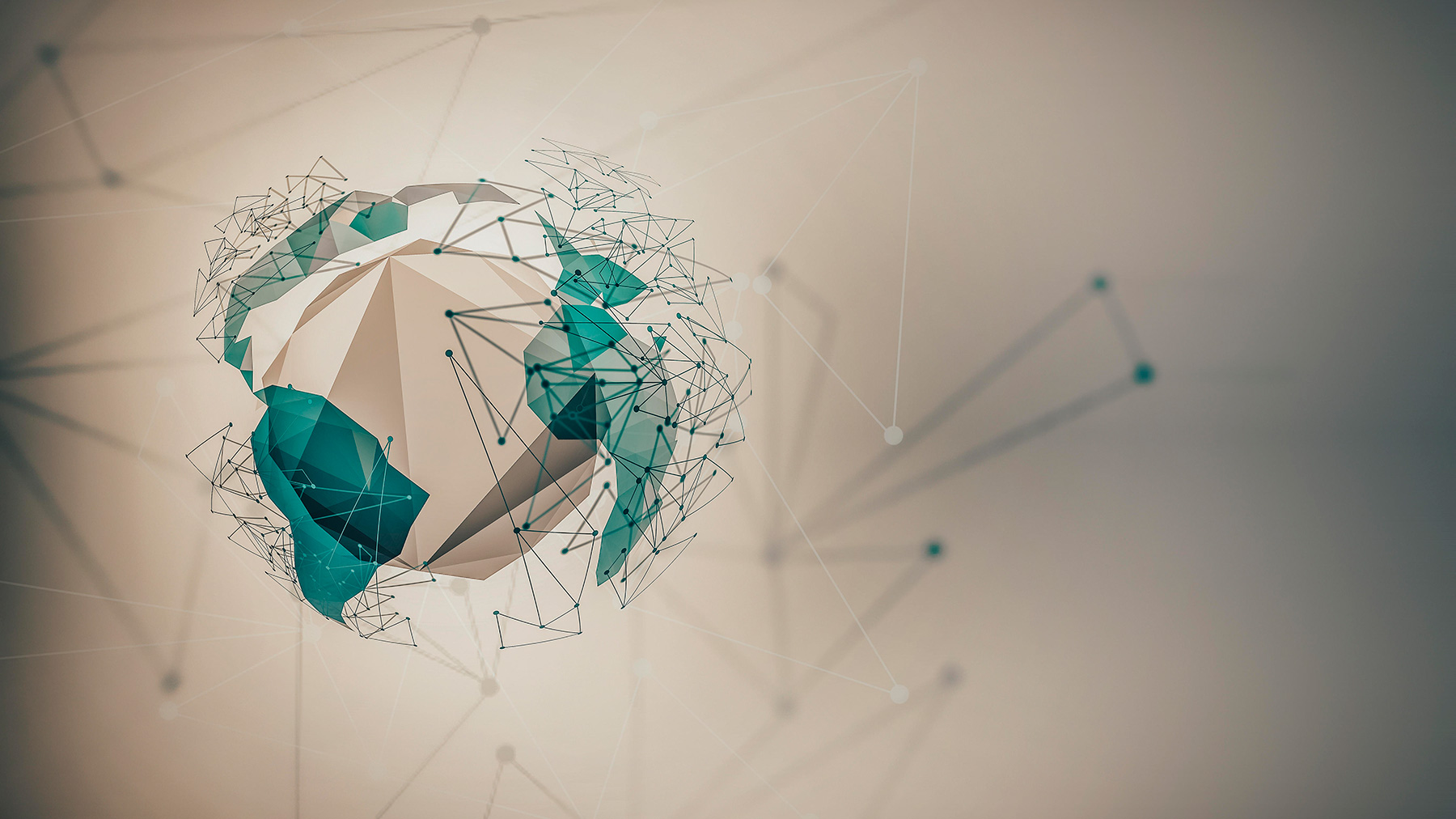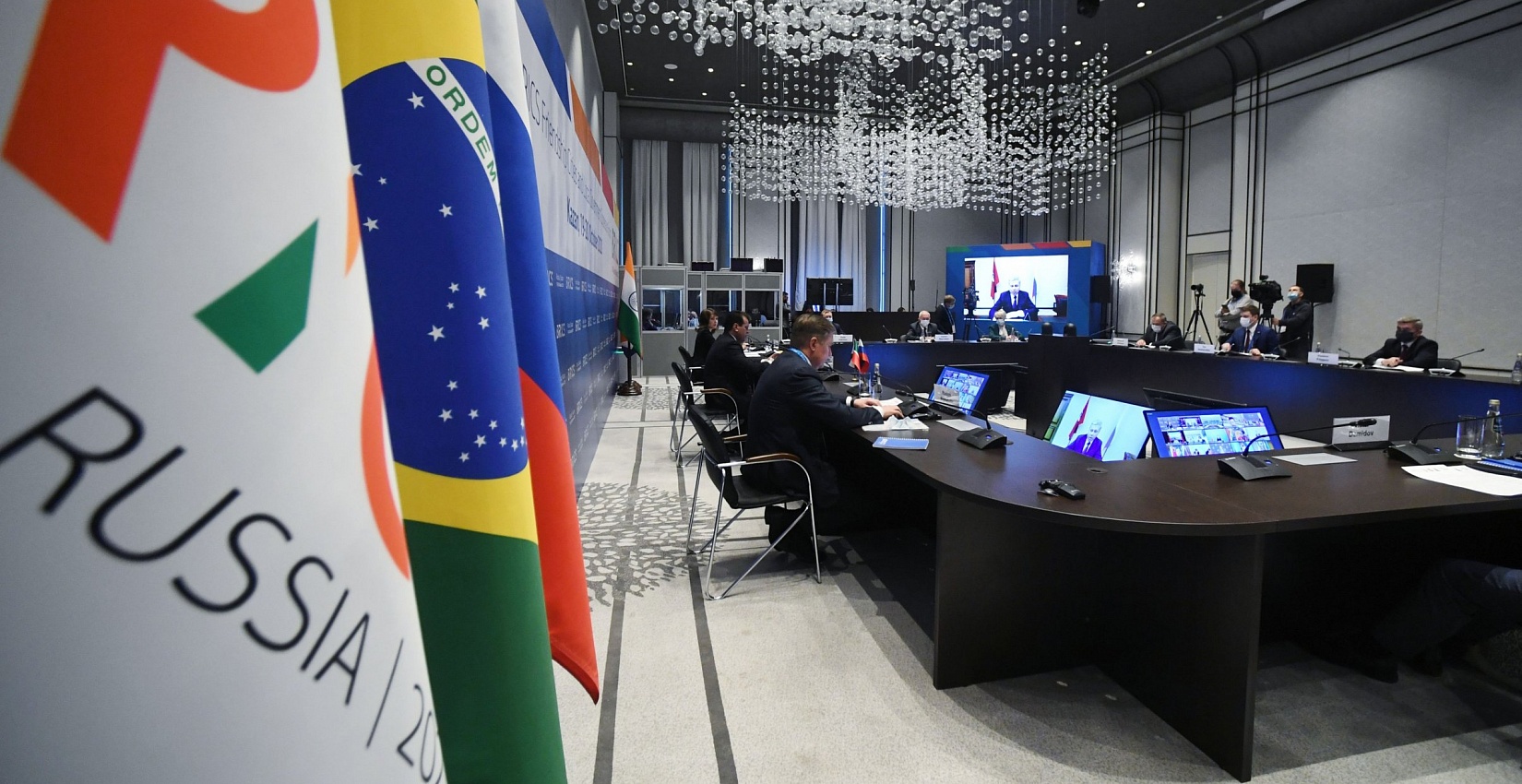BRICS+ could shape two tracks for interaction between nations of the Global South: the SCO + the AU + CELAC, the most inclusive one geared toward broad interactions between developing states within international organizations. A platform for “integration of integrations” between regional economic groups led by BRICS states may become another development track for BRICS+. If China’s vision of BRICS+ provides the broadest horizontal span of the Global South, Russia’s vision of BRICS+ prioritizes the depth and alignment of integrating BRICS states’ priority regional projects.
The number of tracks and formats for interaction between developing countries may be far greater, reflecting the globalizing vision of every BRICS member. In other words, unlike the unipolar approach to integration in developed states, BRICS+ may serve as a foundation for diversifying the models and platforms of development and economic integration. In this regard, in order to develop BRICS+ as part of diversifying development models, it is important for India, Brazil, and South Africa to also present their visions of BRICS+ and of globalization in the Global South and outside it.
On the whole, the prospects of transforming the world economy today are tightly bound to coordinating the activities of the largest countries of the Global South, primarily the BRICS states. However, a global restart of global economic development requires a larger interaction format, BRICS+, that will make it possible to engage other developing countries in the process. In this case, the process of reformatting the world economy will become truly inclusive and stable. The “integration of integrations” format involving cooperation between regional integration blocs of the Global South may become an important tool in scaling the global economic transformation. China’s 2022 BRICS presidency may give an additional impetus to building platforms for interactions between regional groups of developing states.
Progress achieved by the BRICS nations in moving toward new platforms for cooperation between alliances of developing states may form the foundation of a common cooperation platform for all the states of the Global South. This expanded platform could advance inclusivity and openness in the development of the Global South countries, accelerate dynamics and structuring of the integration processes, could fill the gap and the lacunae on the map of integration processes in the developing world. So far, we can but state that developed countries are far better provided with dynamic and well-structured integration alliances than the countries of the Global South.
Amid an unprecedented spike in global geopolitical risks, the world is becoming increasingly aware of the fact that the architecture that underpins the old world order is giving way to a new configuration of international relations and regional blocs. The countries of the Global South are establishing their own institutions, alliances of regional integration, and payment systems, with them turning into a crucial force in the transforming global economy. The largest developing markets, primarily the nations of BRICS, are among the leaders here. In March 2022, Deputy Minister for Foreign Affairs Sergey Ryabkov said that BRICS will form the foundation of a new world order, saying “I think that the BRICS states, totaling almost half of the world’s population and accounting for a large chunk of the global GDP, will be among the backbones of the new emerging world order.”
However, for the BRICS states to become the foundation of a new world order, the bloc has to offer other countries in the world economy new paradigms of development on a global scale. Such areas in the new economic architecture may include relaunching globalization on a platform of new states and regions, establishing a new institutional system for modernizing nations engaged in the global economy, agreeing on a new reserve currency pool with currencies of developing countries, creating a global development track as an alternative to the one promoted by the West, and forming new regional blocs and platforms to coordinate and develop those blocs.
Virtually all possible global-scale paradigms could be implemented within the broad BRICS+ format that offers BRICS states various options for cooperating with other states in the global economy. Spearheaded by China in 2017, BRICS+ still has to acquire its tangible development outlines in many ways, although some possible models for cooperation within BRICS+ have already been announced by representatives of the BRICS states. China’s 2022 BRICS presidency forms a favorable foundation for facilitating BRICS+, with China’s representatives having stated that they are considering the options of developing the BRICS+ concept within interactions, among other things, between regional integration alliances of the countries of the Global South.
As regards the idea’s implementation, a format that appears most suitable for BRICS+ is an alliance of three pancontinental alliances: the African Union, CELAC (the community of Latin American states), and the SCO/SCO+ in Eurasia. Such an alliance spans the largest possible number of countries across the Global South, while it requires no in-depth and complex economic integration or alignment of economic interactions across all three continents. Such an extended format offers developing countries an opportunity to coordinate interaction on the international stage, advancing the Global South’s priority agenda in sustainable development.
This year, we are seeing quite favorable conditions for the emergence of such an extended circle of interactions between developing states: Argentina, currently presiding in CELAC in Latin America, has recently stepped up its efforts to set up interactions with BRICS. Brazil suspending its CELAC involvement in 2020 is a limiting factor, though, but it will mostly likely be temporary. Uzbekistan, now presiding in the SCO throughout 2022, is increasingly involved in integration processes in Eurasia following a period of being closed off. The African Union presidency of 2022 has passed to Senegal, a nation that actively promotes coordination and cooperation of regional integrational alliances and builds tangible interactions with BRICS states, primarily with China.
A platform for interactions between regional integration blocs involving BRICS states could become another track of interaction within BRICS+. Such a platform could include priority projects of regional integration involving BRICS states, such as MERCOSUR, SACU, BIMSTEC, the EAEU, as well as the RCEP or the ASEAN-China Free Trade Area. All these regional blocs could cooperate in coordination, moving toward aligning their standards and creating a more open economic space for trade and investment by BRICS states and their regional partners. It is important to notice that most BRICS states currently choose to shape their foreign policies in the form of regional integration blocs (Russia – the EAEU, Brazil – MERCOSUR, South Africa – the SACU), and, consequently, BRICS+ based on “integration of integrations” is the only possible format for economic integration and for opening markets between BRICS states.
The spirit of multilateralism and of building a new architecture that suits the interests of the entire Global South is important in establishing such platforms. Attempts to base BRICS solely on the narrow national interests could adversely affect the development prospects of BRICS+ as such and of other multilateral initiatives spearheaded by BRICS states. As a new format of interaction between BRICS states, BRICS+ hinges for its success on multimodal interaction formats within BRICS+ that would account for the entire range of national interests and priorities for BRICS states and their regional partners.
Therefore, BRICS+ could shape two tracks for interaction between nations of the Global South: the SCO + the AU + CELAC, the most inclusive one geared toward broad interactions between developing states within international organizations; such a format may possibly reflect predominantly China’s vision its Minister for Foreign Affairs Wang Yi announced back in 2017 when he proclaimed BRICS+ to be the most inclusive interaction platform for developing states. A platform for “integration of integrations” between regional economic groups led by BRICS states may become another development track for BRICS+. This format is a better reflection of Russia’s BRICS+ concept that Sergey Ryabkov announced in early 2018, “We suggest that our partners consider BRICS+ as a platform for developing what could be termed an ‘integration of integrations,’” Ryabkov said. If China’s vision of BRICS+ provides the broadest horizontal span of the Global South, Russia’s vision of BRICS+ prioritizes the depth and alignment of integrating BRICS states’ priority regional projects.
Generally, the number of tracks and formats for interaction between developing countries may be far greater, reflecting the globalizing vision of every BRICS member. In other words, unlike the unipolar approach to integration in developed states, BRICS+ may serve as a foundation for diversifying the models and platforms of development and economic integration. In this regard, in order to develop BRICS+ as part of diversifying development models, it is important for India, Brazil, and South Africa to also present their visions of BRICS+ and of globalization in the Global South and outside it. It is possible that India, Brazil, and South Africa see a more appealing option in expanding the membership in BRICS’ New Development Bank by admitting regional partners; this paradigm has been used after Egypt was admitted to the NDB as South Africa’s partner in the African Union, Uruguay was admitted as Brazil’s partner in MERCOSUR, and Bangladesh as India’s partner in BIMSTEC and the South Asian Free Trade Area.
Improving the functioning of BRICS Provisional Monetary Reserves Pool (PMRP) could also be a direction of ramping up international activities of BRICS. Recently, BRICS’ PMRP has stepped up coordination with other regional financial organizations (RFOs) within regular consultations the IMF holds with RFOs. At the same time, BRICS’ PMRP was significantly less active in its responses to crisis phenomena in BRICS states compared to BRICS’ NDB. Another option is considering, as part of BRICS+, the possibility of bolstering BRICS’ PMRP’s mandate to monitor the macroeconomic situation in BRICS’ states, to develop coordinated anti-crisis measures, and to interact with other RFOs from developing states and BRICS states’ regional partners. In particular, there could be formed a regular coordination mechanism including BRICS’ PMRP, the Eurasian Fund for Stabilization and Development (EFSD), ASEAN’s Chiang Mai Initiative and their regional partners (CMIM), and Latin American RFO FLAR. Another area here could be expanding BRICS’ PMRP membership by admitting BRICS states’ regional partners, including several states admitted to BRICS’ NDB.
On the whole, the prospects of transforming the world economy today are tightly bound to coordinating the activities of the largest countries of the Global South, primarily the BRICS states. However, a global restart of global economic development requires a larger interaction format, BRICS+, that will make it possible to engage other developing countries in the process. In this case, the process of reformatting the world economy will become truly inclusive and stable. The “integration of integrations” format involving cooperation between regional integration blocs of the Global South may become an important tool in scaling the global economic transformation. China’s 2022 BRICS presidency may give an additional impetus to building platforms for interactions between regional groups of developing states.
Progress achieved by the BRICS nations in moving toward new platforms for cooperation between alliances of developing states may form the foundation of a common cooperation platform for all the states of the Global South. This expanded platform could advance inclusivity and openness in the development of the Global South countries, accelerate dynamics and structuring of the integration processes, could fill the gap and the lacunae on the map of integration processes in the developing world. So far, we can but state that developed countries are far better provided with dynamic and well-structured integration alliances than the countries of the Global South.







